Alexi Rosenfeld/Getty Images
A one-of-a-kind Tyrannosaur fossil helps explain why these predators ruled the top of the food chain
BBC Studios
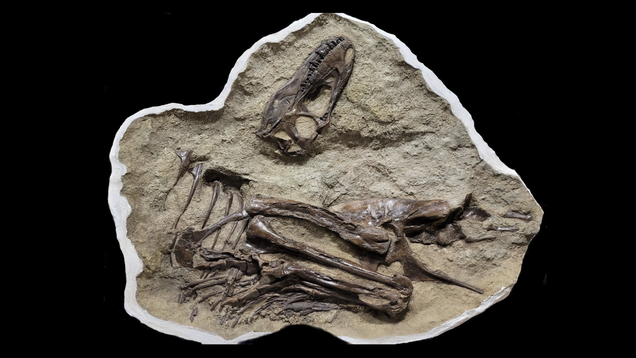
A team of paleontologists revealed a remarkable fossil: a young tyrannosaurid with the hindlimbs of two year-old dinosaurs in its stomach. In other words, this theropod was chowing down on baby legs.
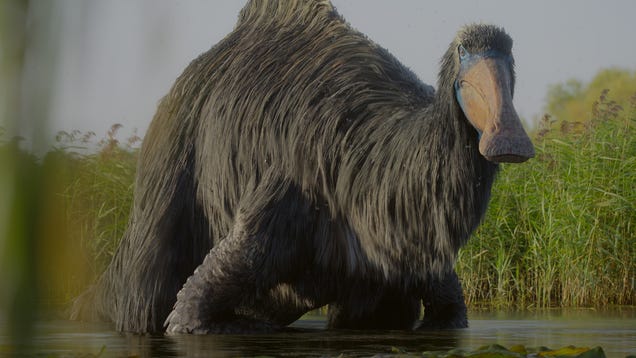
Think about all the dinosaur content you’ve ever consumed: books, movies, perhaps a Far Side cartoon. Consider how realistic each dinosaurian depiction was, to your best understanding of how dinosaurs lived.
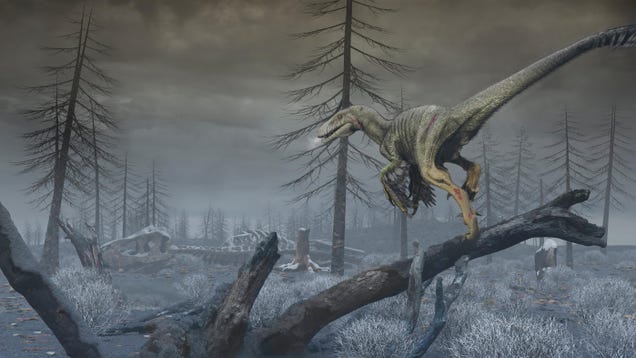
We all know how the story goes: a large asteroid falls to Earth from space, slamming into the Yucatán Peninsula with 100 million megatons of force.
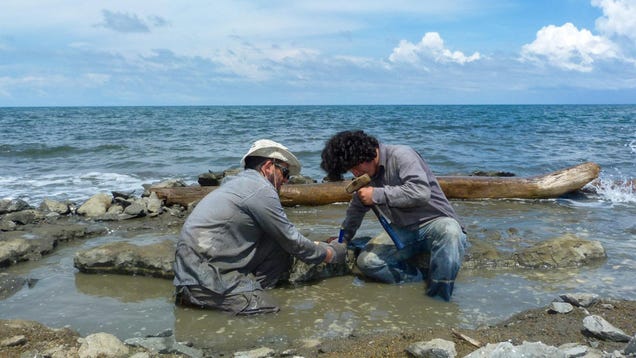
A team of paleontologists studying the fossilized shell of a sea turtle from the Miocene Epoch found something surprising and perhaps impossible: preserved bone cells that they believe may contain ancient DNA, the molecule that holds the genetic information of living things.
ZHAO Chuang
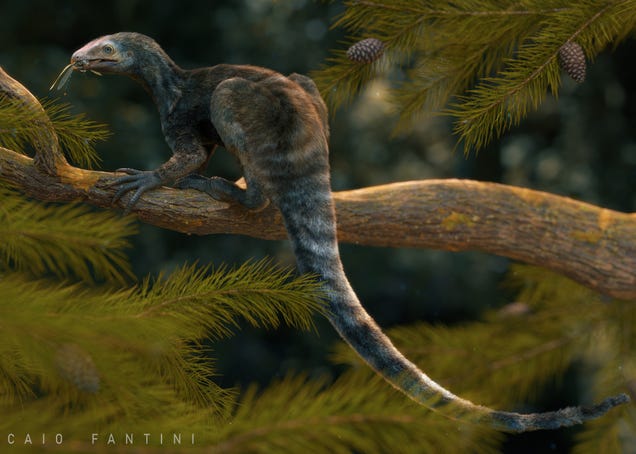
Paleontologists have found a fossilized pterosaur precursor with gnarly, scimitar-like claws and a beak, indicating that the reptilian group it belongs to was more diverse than previously thought.
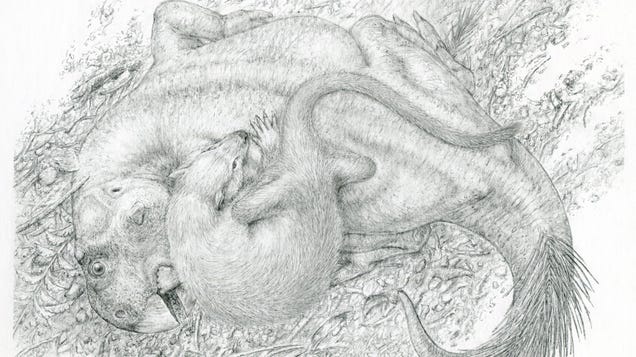
About 125 million years ago, a young mammal about the size of a possum bit down on the side of a beaked dinosaur nearly three times its size. The animals died like that, entangled and at odds with each other, a fossilized tableau of the dinosaurian-mammalian power shift that would finally come about 60 million years…
Trustees of the Natural History Museum, London
